How to ask for what you want
LeadershipCatherine Brenner, Louise Adler and Sam Mostyn offered their advic...
Become a part of the FW family for as little as $1 per week.
Explore MembershipsTurn words into action. Work with us to build a more diverse and inclusive workplace.
Learn MoreHear from notable women around the country on topics including leadership, business, finance, wellness and culture.
Mark your diariesTwo days of inspiring keynote speeches, panel discussions and interactive sessions.
Learn MoreCatherine Brenner, Louise Adler and Sam Mostyn offered their advic...
Em Rusciano outlines four lessons we can all take from her own sei...
In our latest series, Making The Case, Future Women's arguer-in-ch...
Putting survivors of family violence at the centre of the story.
Listen NowA program for mid-career women and exceptional graduates to fast track their career journey.
Learn MoreConnect with expert mentors and an advisory board of like-minded women to solve a professional challenge.
Learn MoreAs the Election Date is now locked in, we take a look at the wins for women throughout the history of Australian politics.
By Lara Robertson
As the Election Date is now locked in, we take a look at the wins for women throughout the history of Australian politics.
By Lara Robertson
In the movie musical Hairspray, Queen Latifah and Zac Efron’s characters sing about how far they’ve come, but also how far they’ve got to go. As they dance brightly across our screens in their lurid ’60s colours, the lyrics reflect more somberly on how long and hard the difficult road to equal rights can be.
The same sorts of mixed feelings surround the state of Australian politics today, particularly when it comes to the representation of women. It’s been a depressing year, with Julie Bishop missing out on the top job, accusations of sexism on both sides and the dismal numbers of women sitting on our government benches.
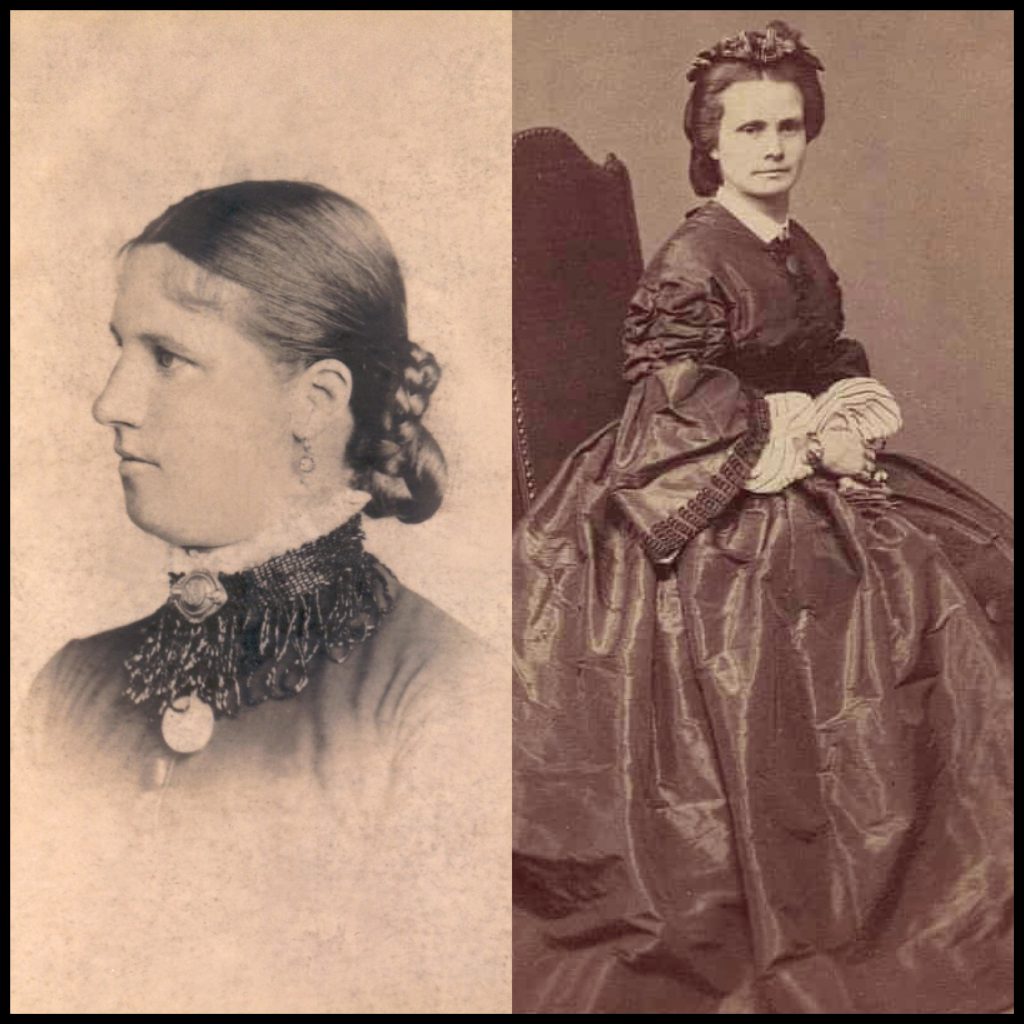
Annie Lowe and Henrietta Dugdale, who had publicly campaigned for women’s suffrage since 1868, together formed the Victorian Women’s Suffrage Society in 1884; the first society of its kind in Australia. It’s purpose was to advocate that women have the same voting rights as men. It may have taken several intervening decades and 19 private members’ bills moved in the parliament but Victorian women finally gained the right to vote in 1908.
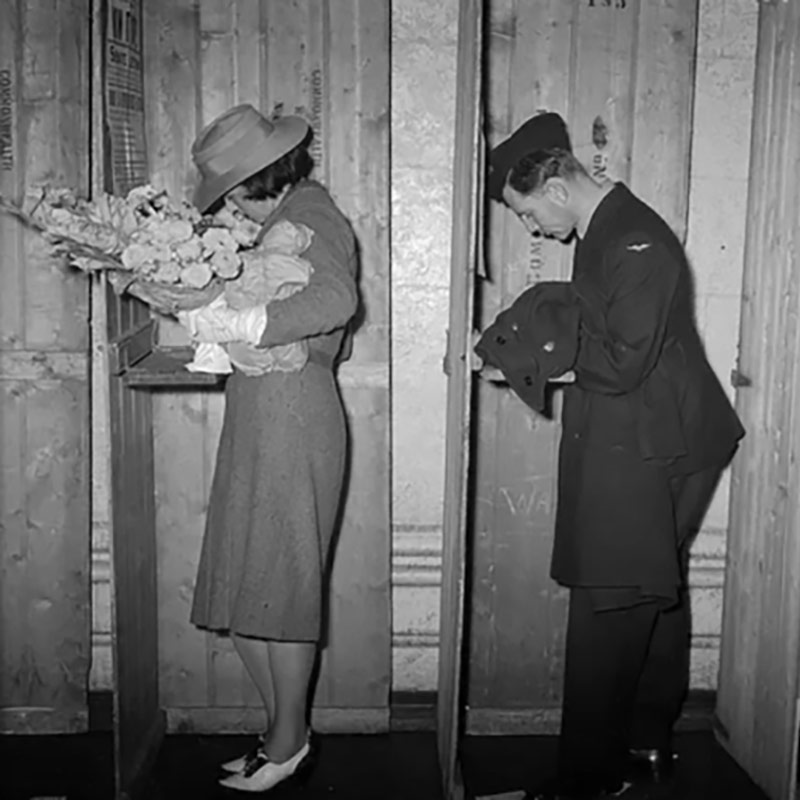
Australian women who owned property were given the right to vote in some local (but not federal) elections from 1861 but women as a class of people were not permitted to vote, or stand for election, until South Australia granted female suffrage in 1895. This milestone made Australia just the second country in the world to do so. New Zealand were the first (and now they’ve given us Jacinda Ardern too? Impressive).
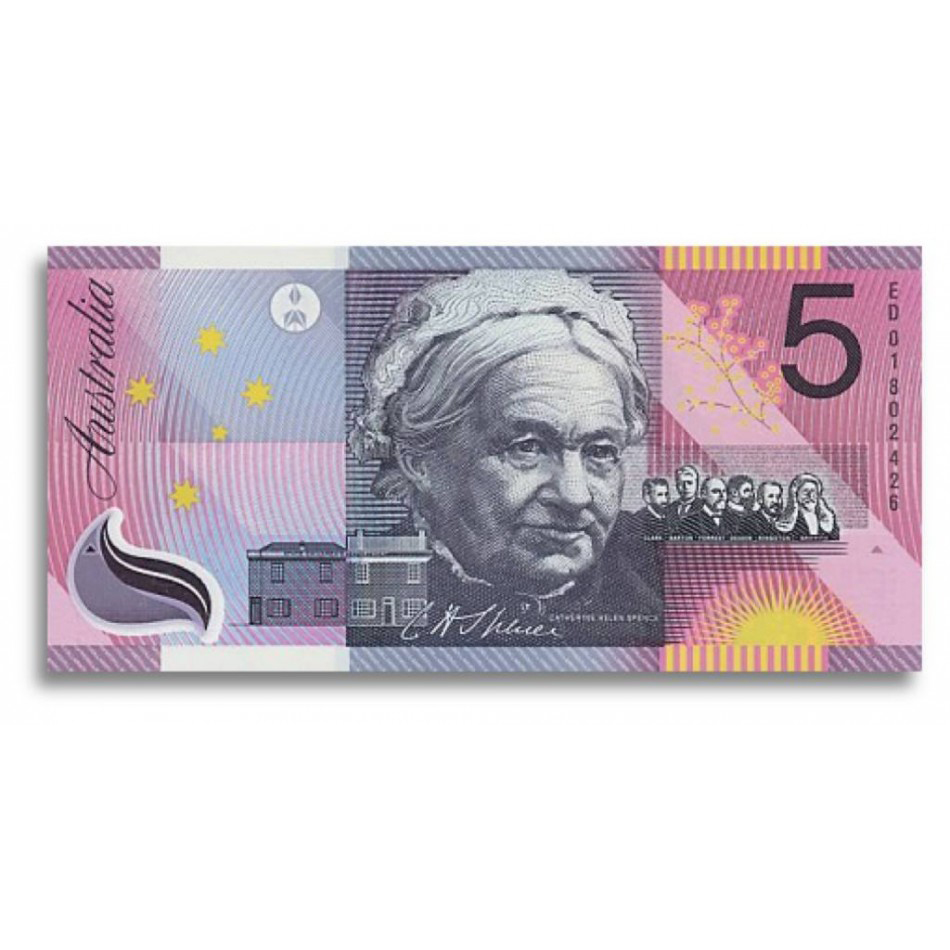
South Australian Catherine Helen Spence was the first Australian woman to stand for political office. Spence was an author, journalist and prominent local suffragette who lived until she was 90, which was highly unusual for the time. She was ultimately unsuccessful in her bid for election – and was also told that even if she had won, she would not be allowed to sit.
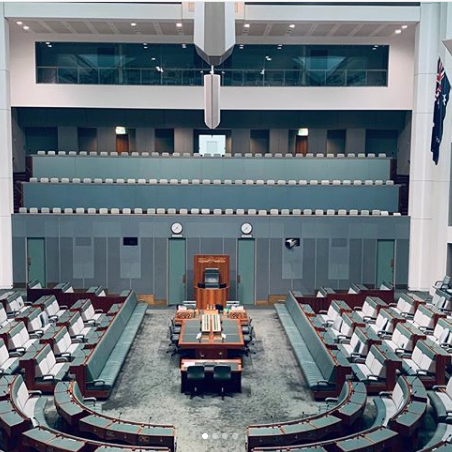
Individuals were permitted to vote in Australia’s first federal election based on the existing electoral laws of the state they lived in. This meant that women did vote in Australia’s 1901 election but only in some states. The passing of the Commonwealth Franchise Act in 1902 gave white Australian women aged 21 years and over the right to vote and stand for election. Enfranchisement for Indigenous women sadly took a whole lot longer.
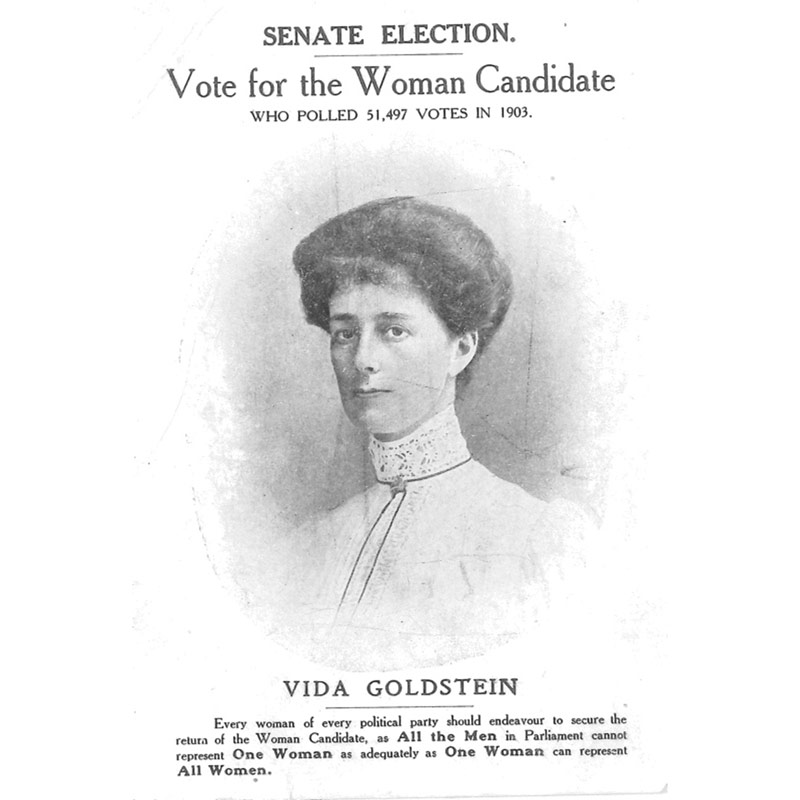
Four women stood in Australia’s 1903 federal election. Their names were Selina Anderson, Mary Moore-Bentley and Nellie Martel from NSW; and Vida Goldstein from Victoria. All four women were unable to get support from the major parties (colour us surprised) and so ran as independent candidates. None were successful and indeed, no woman would be for another eighteen years.
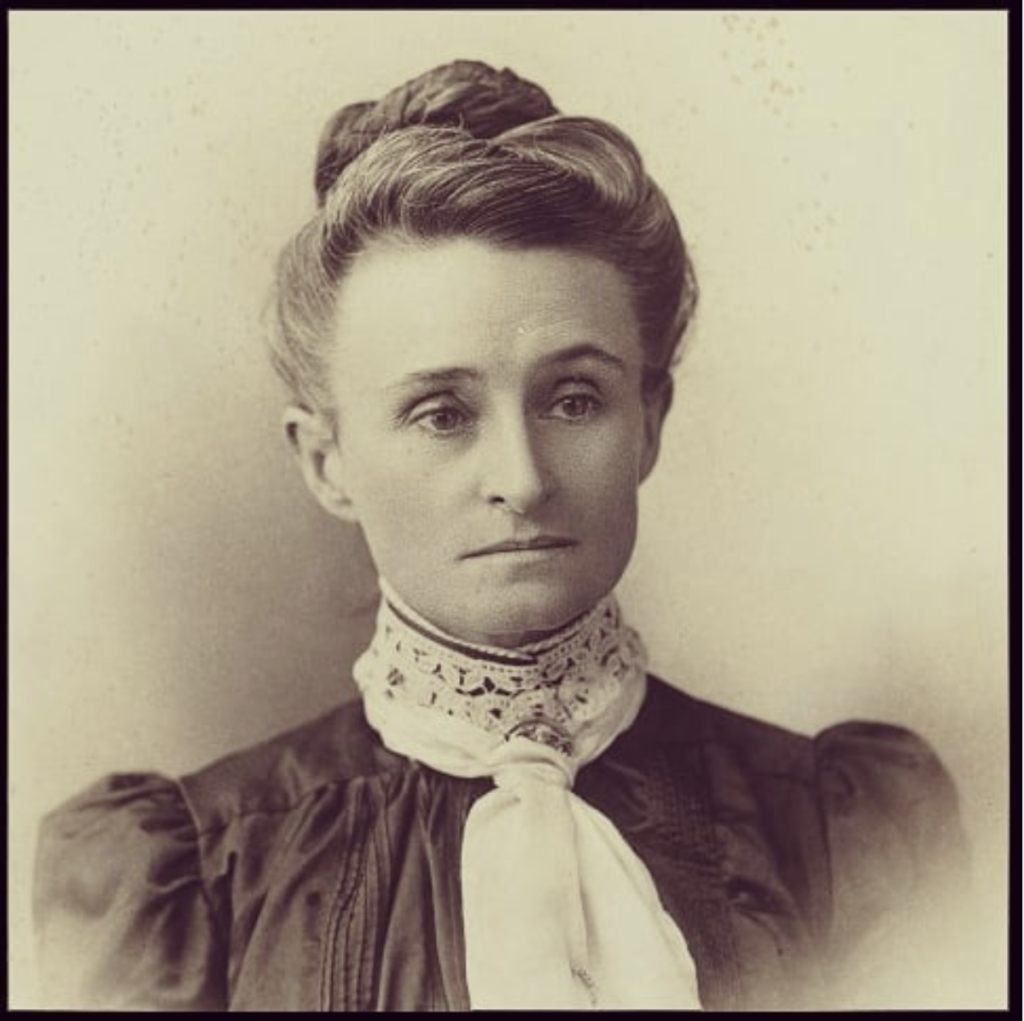
Edith Cowan (whose likeness you can find on the $50 note) became the first woman to serve as a member of an Australian parliament after being elected to the West Australian legislative assembly. Orphaned at age just 14, Cowan was an advocate for women’s suffrage, public education, and the rights of children, particularly those born to single mothers. She was defeated after serving one term in parliament.
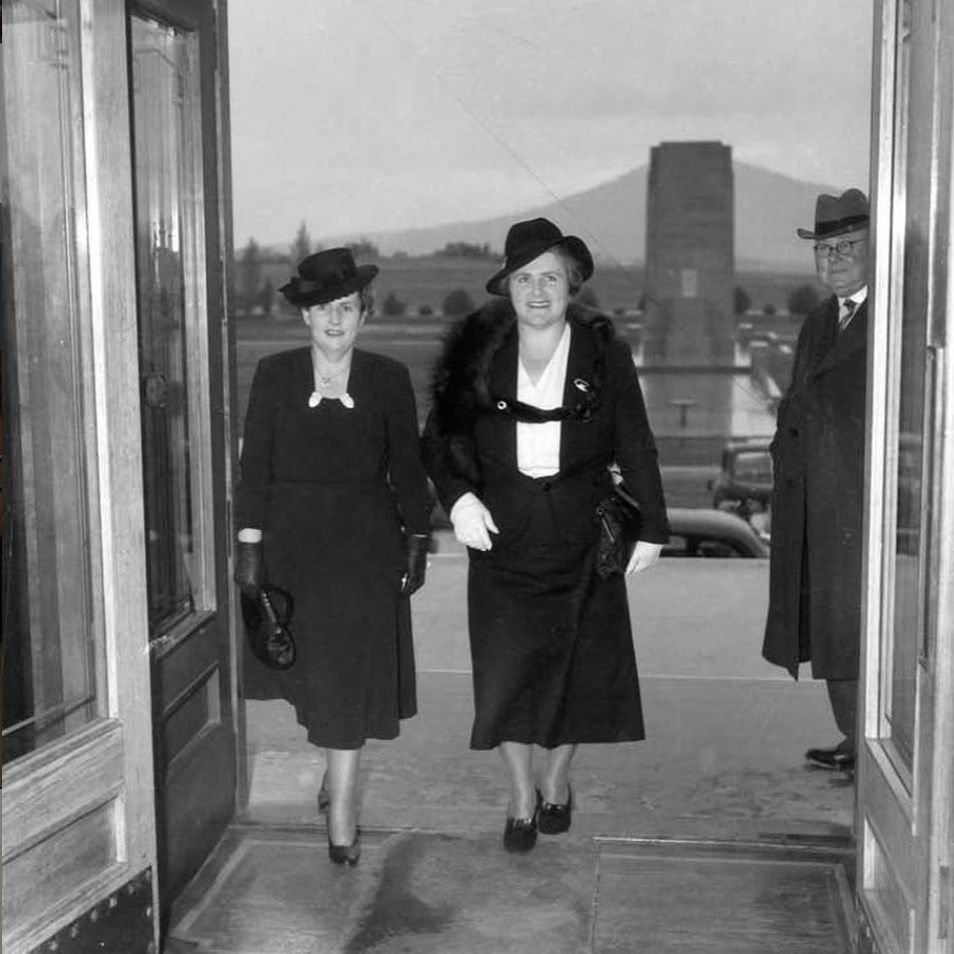
Dame Enid Lyons, representing the United Australia Party, and Dorothy Tangney, representing the Australian Labor Party, became the first women to serve in the nation’s federal parliament. Lyons became a member of the House of Representatives having previously been a ‘first lady’ of Australian politics. Her husband was former Prime Minister Joseph Lyons. Tangney was a senator for 25 years and her record as the longest serving woman in the federal parliament still stands today.
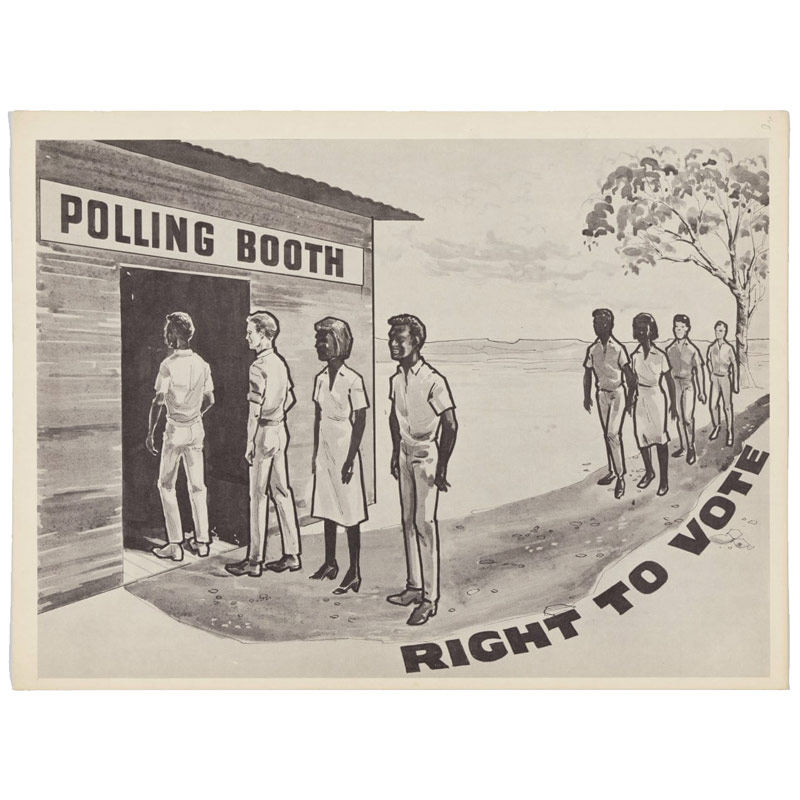
The Menzies Government finally amends the Commonwealth Electoral Act 1918 to give Indigenous Australians (including women) the option to enroll to vote in the upcoming federal election. This is the first time in Australia’s history that all citizens of voting age were permitted to participate in our democracy. It’s painfully recent, isn’t it?
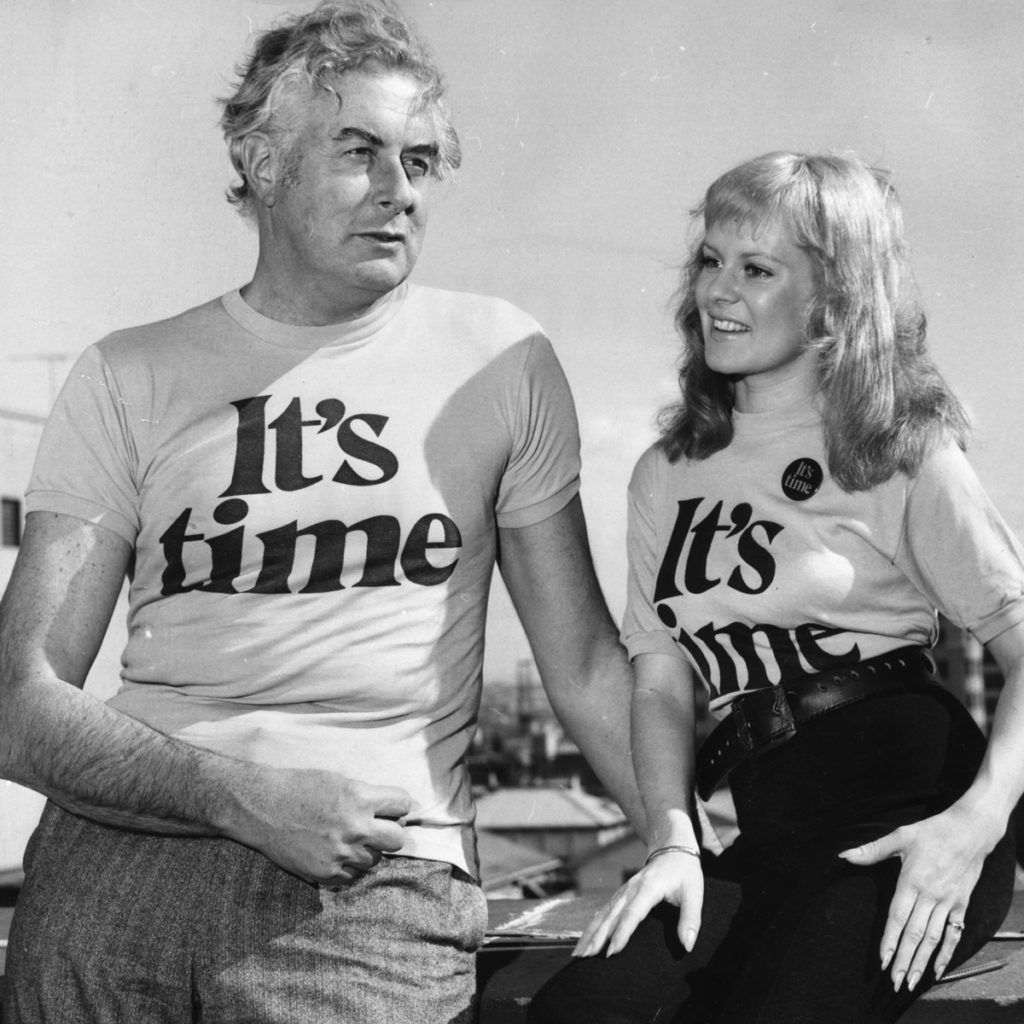
During the 1970s, with second wave feminism in full swing, Elizabeth Reid accepted a role in Gough Whitlam’s new government. She became the Prime Minister’s Adviser on Women’s Affairs. During her time in that role, Reid, who was a staunch feminist, helped deliver government funding for women’s services including health care, child care, women’s refuges. She achieved significant advancement of women’s rights in broader areas too, including education, workplaces and housing.

Susan Ryan became the first woman to serve as a Federal Government Minister, when she was appointed by Labor’s Prime Minister Bob Hawke. As the inaugural Minister Assisting the Prime Minister for the Status of Women, Ryan played a key role in creating the Sex Discrimination Act 1984, which prohibits sexual harassment and discrimination on the basis of sex. The establishment of those laws represent a major milestone for the rights of Australian women.
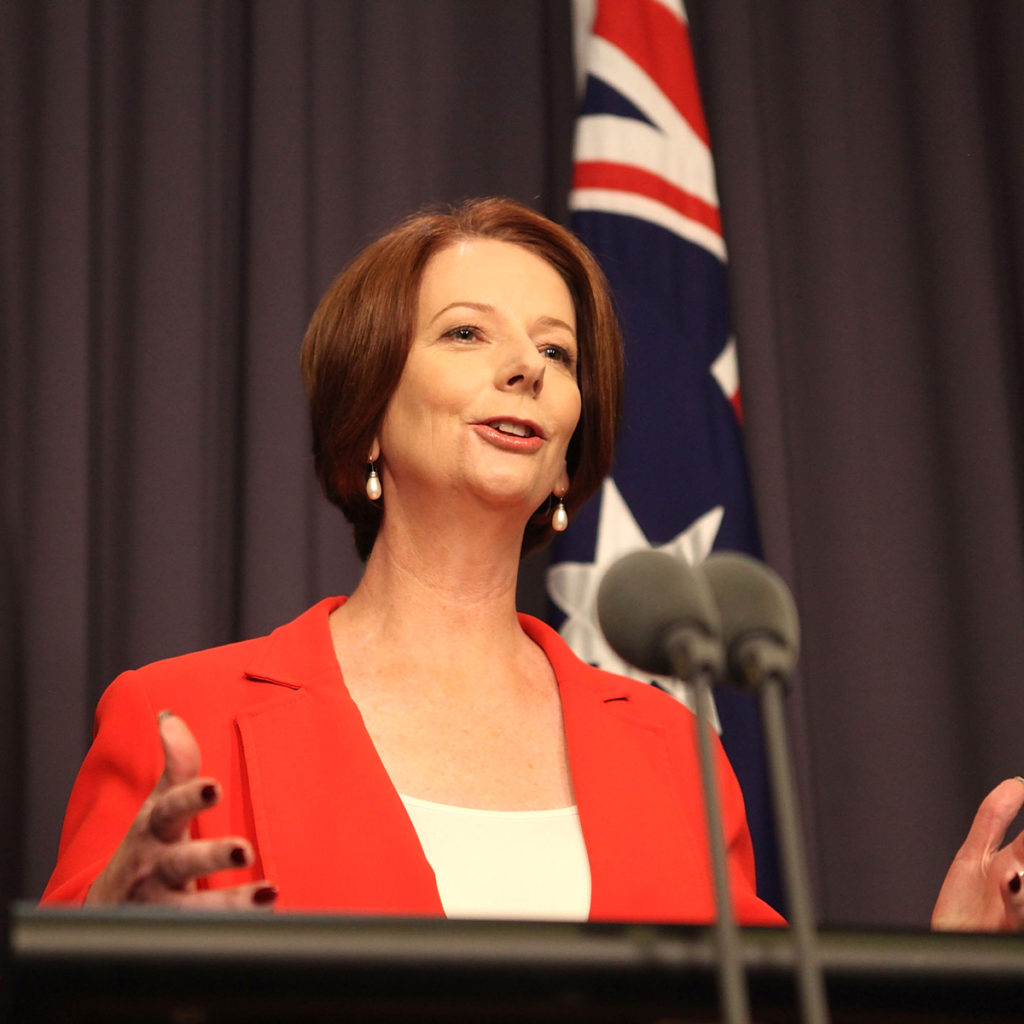
Julia Gillard became Australia’s first woman Prime Minister after a Labor leadership spill in 2010. Her achievements in social policy, in particular the establishment of the NDIS, are what will form the legacy of her government. She was removed as Prime Minister by the very man she deposed after yet another spill of the Labor Party’s leadership positions in 2013. Labor went on to lose the next election.
If you’re not a member, sign up to our newsletter to get the best of Future Women in your inbox.
